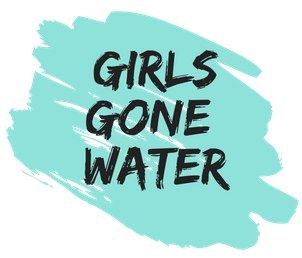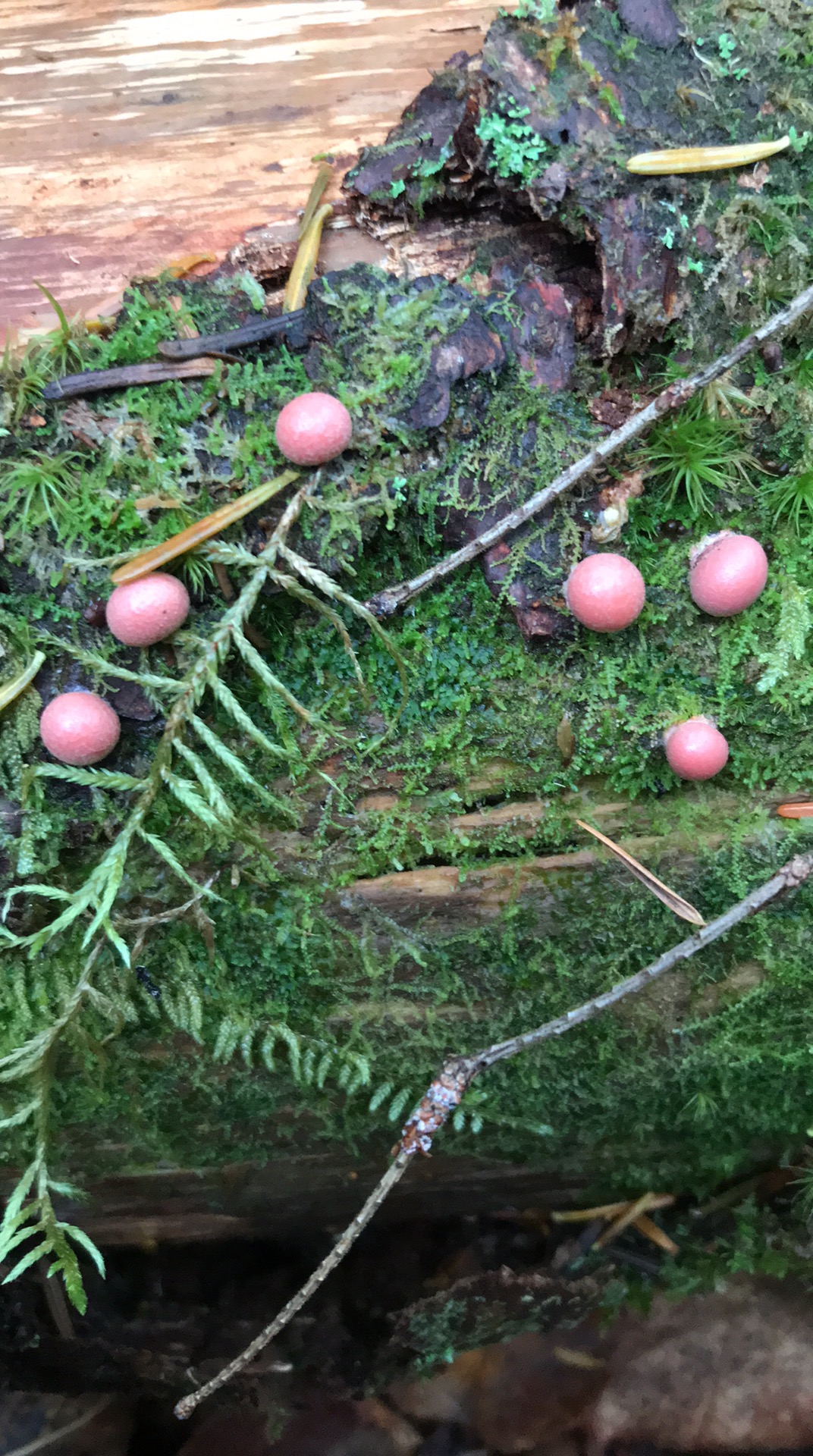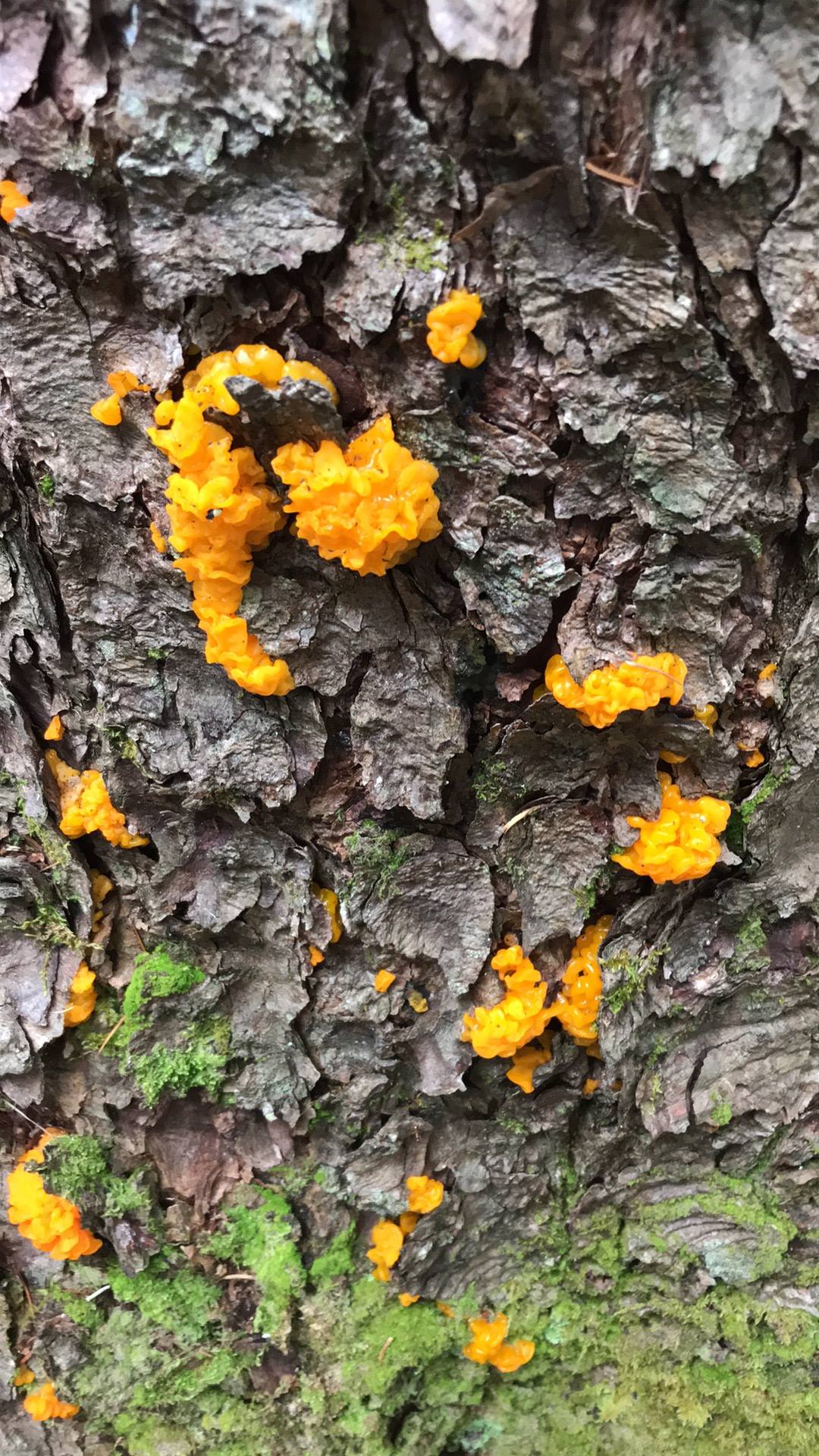Naming Nature
The fin of a fin whale off Grand Manan
Hiking used to be a fitness challenge to me.
Hike fast, get fresh air, snap a few cool pictures at the viewpoint, and feel good. But I wasn’t truly seeing.
I realized this as I was kneeling down beside a trail in Blacks Harbour, New Brunswick, poking and smelling a patch of mushrooms when it started to drizzle rain. I looked back a few metres at my partner, Dan, who was similarly crouched to admire a bolete mushroom – and I laughed. No amount of rain could dampen our curiosity. Identifying species was my new hobby.
There’s no better place for this hobby than coastal New Brunswick.
From boats to beaches, the connections between the sea, land, water, and soil are apparent – even to the untrained eye. The massive tides of the Bay of Fundy ebb and flow, leaving behind tidal pools with critters inside them. Sea urchins, sea stars, tunicates, and whelks are exposed where the beach meets the water during ultra-low tides. Eagles and gulls are on the prowl. It rains, and a few days later mushrooms start to pop up between birch and spruce trees along the coast.
Since I started to pay attention, I’ve become awestruck by the intricacies of life that were right in front of me the whole time. These intricacies feel like intimate secrets between me and the lush forces of nature. They whisper to me when I’m patient and leave me wanting more.
For me, it all started with birds.
Hunting for mushrooms near St. Patrick’s Falls
Three years ago, I was tasked with teaching university students how to identify birds during a field trip for an ecology course, and then reporting what we found on a citizen science website. I felt like a fraud. I couldn’t even remember common birds I had learned during my childhood, like robins and chickadees. I borrowed a pair of binoculars and cycled to a city park to practice beforehand.
To my relief, I managed to scrape through the field trip, with the help of a couple keen students. A few days later, I was contacted by the citizen science website. Apparently I had reported a white-winged crossbill, extremely rare for that geographical area. I was so embarrassed, but impressed with the website’s quality control!
The next year, I was assigned to the same course again. This meant reliving the dreaded bird field trip. But to my surprise, I had retained more than I thought from the previous year. It dawned on me that I could learn how to identify new birds and add them to my growing repertoire.
Toasting to a successful beachcombing mission on Deer Island
This realization has since spilled over into my personal life and other natural realms.
Dan and I can no longer walk on the beach without hunting for critters in the seaweed and sand. We jumped for joy he first time we saw sea potatoes, and when we spotted a basking shark from the window of the car.
For us, it comes down to naming what we see. Identifying species gives us a puzzle to crack and adds purpose to our time outdoors. Luckily there are some great tools to help, like apps and guidebooks.
Our new hobby feels endless, but we still find it challenging to identify what we’re seeing.
We often have to accept that we won’t figure out exactly what type of bird or mushroom or whale we just saw, and trust that our failed attempt will help us get closer next time. This can be intimidating, especially in my field of environmental conservation, where there’s a strong affinity for naming the natural world.
But take it from me - you don’t have to be an expert to slow down, observe the beauty around you, and share a little secret with nature. And once you start looking, you’ll realize how truly vast the natural world is.
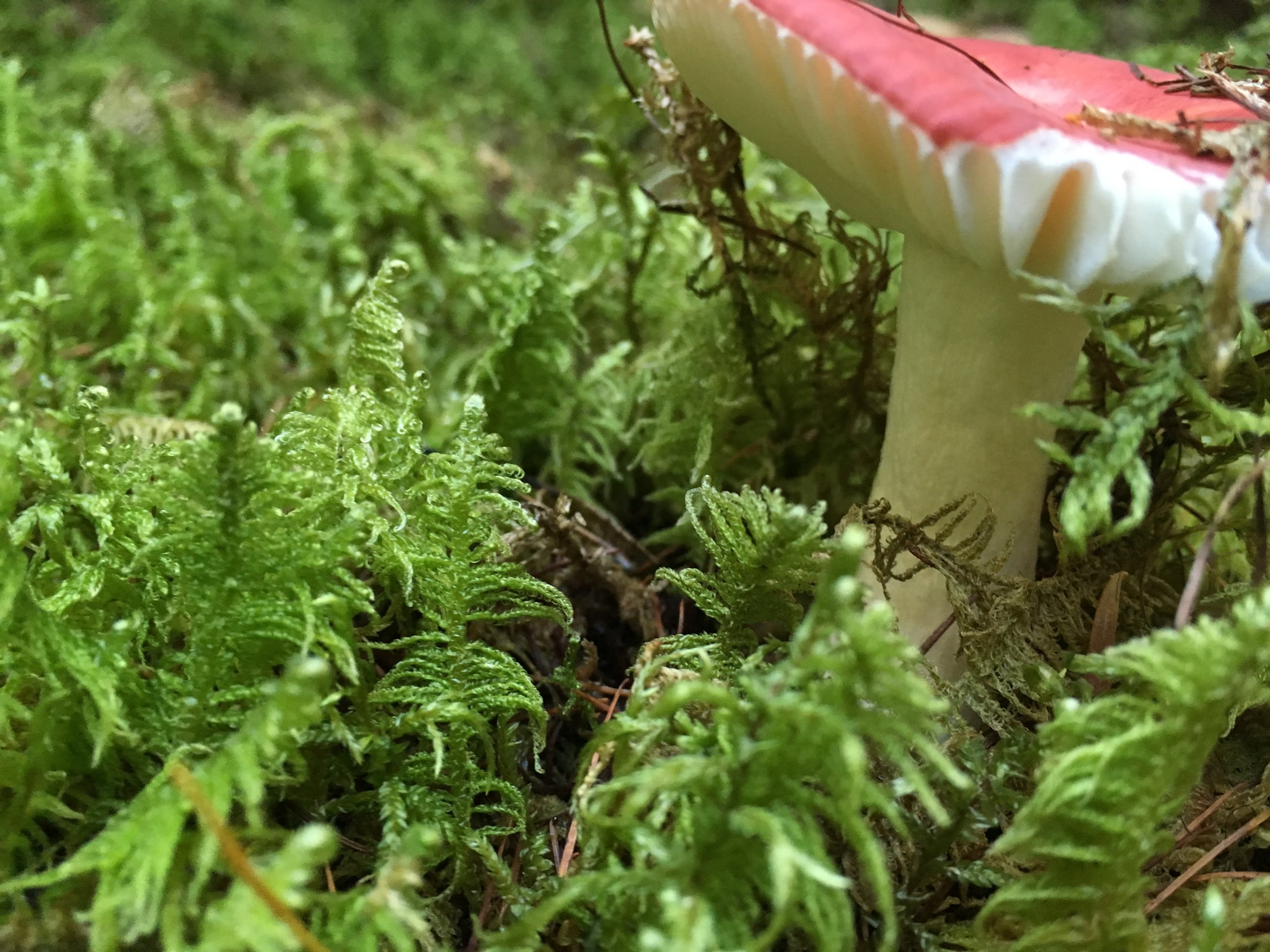
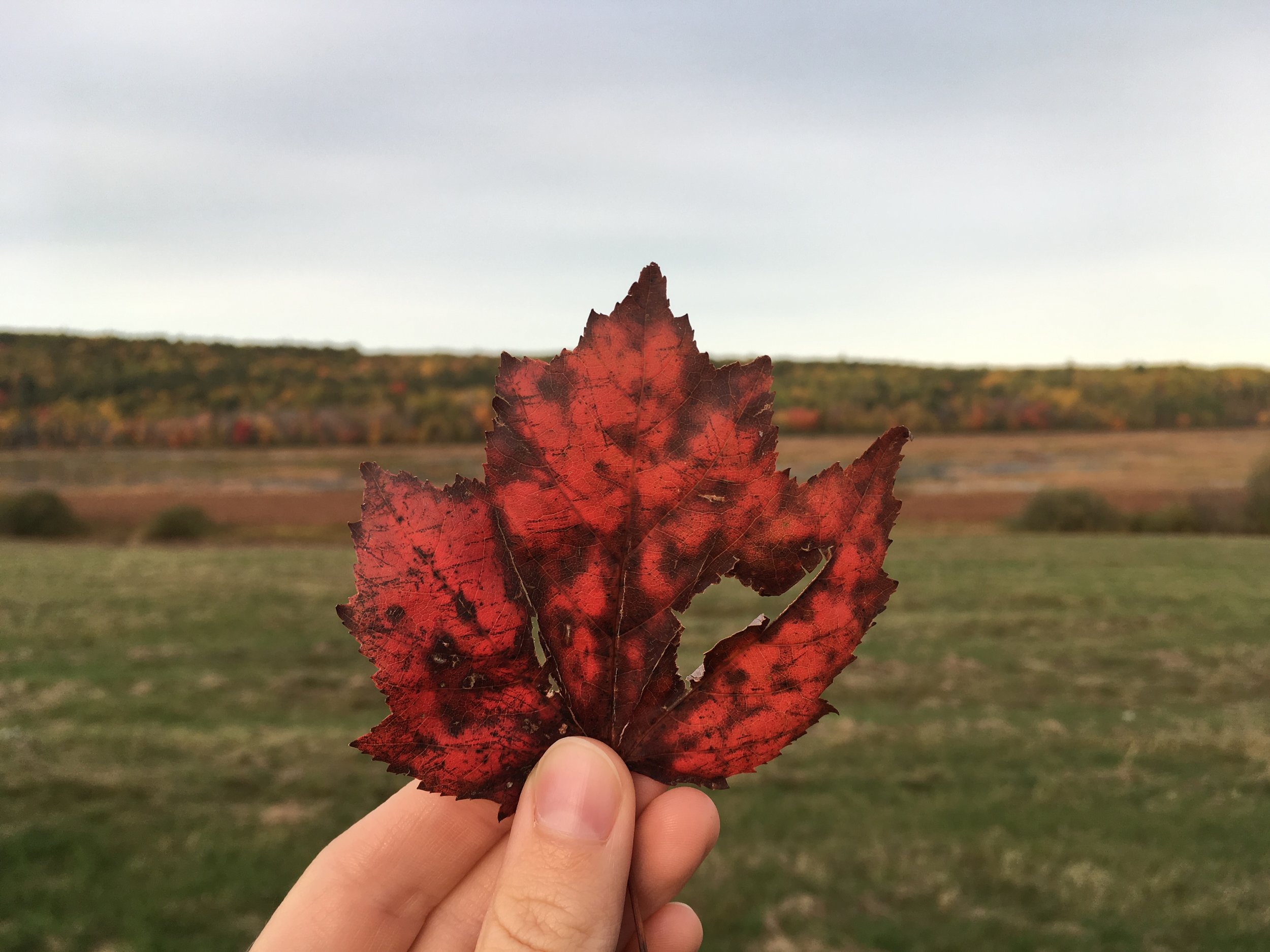

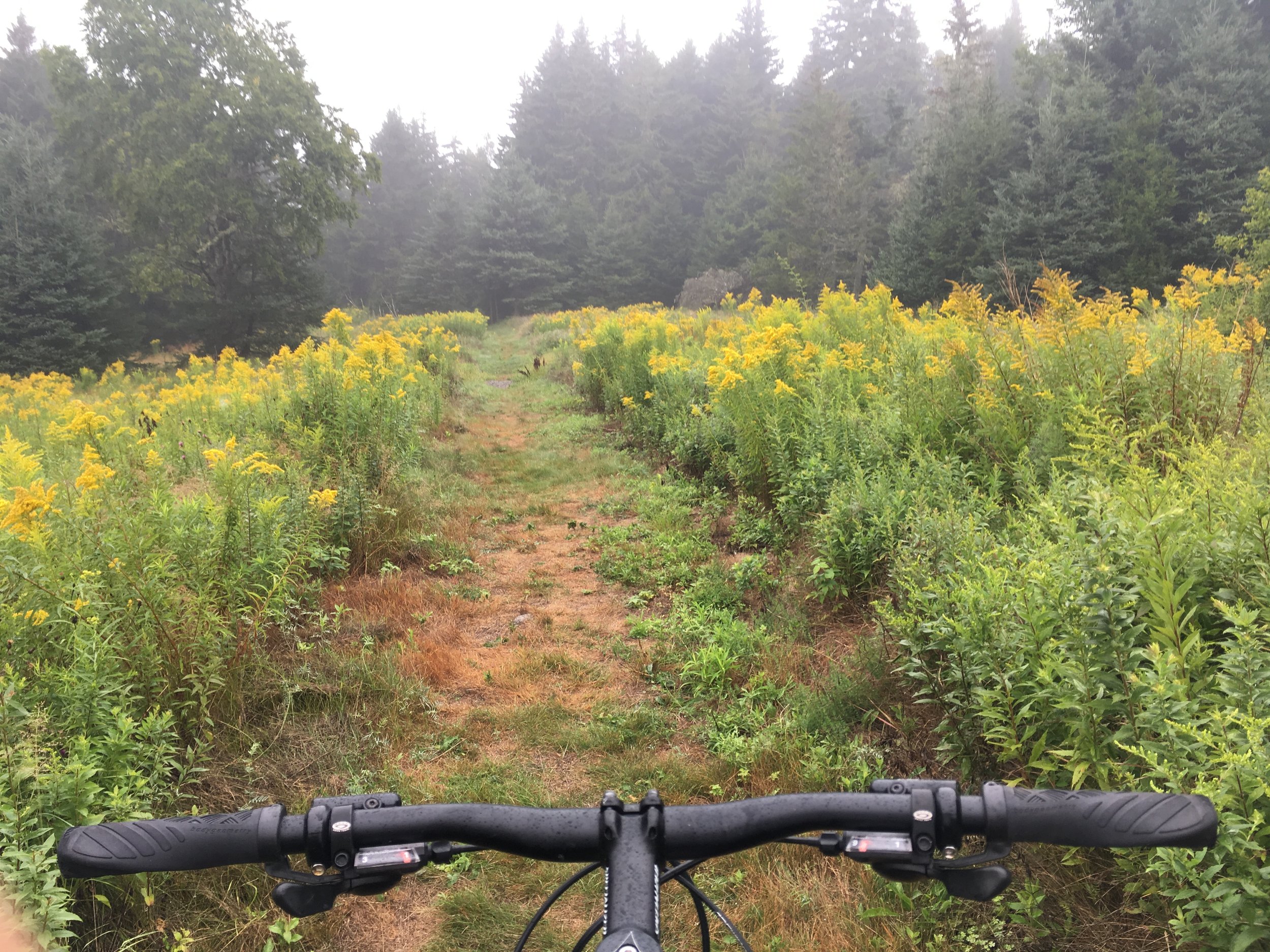
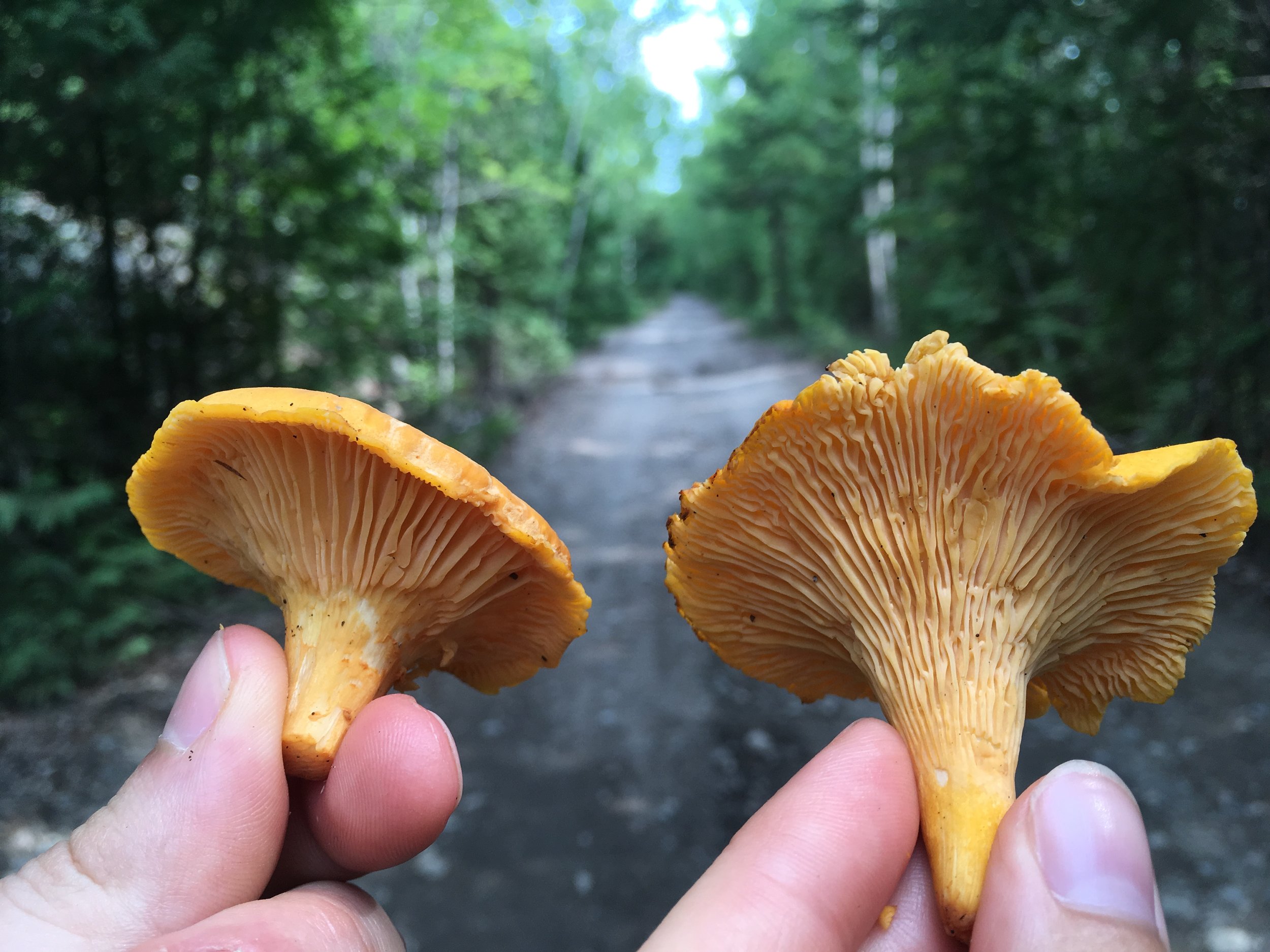
@iebrueck
This blog post is from Irene Brueckner-Irwin. Irene is a Girls Gone Water co-founder and works in nature conservation. She hails from Kingston, Ontario (but is currently living a nomadic life). She has a passion for connecting diverse people to the diversity of nature.
